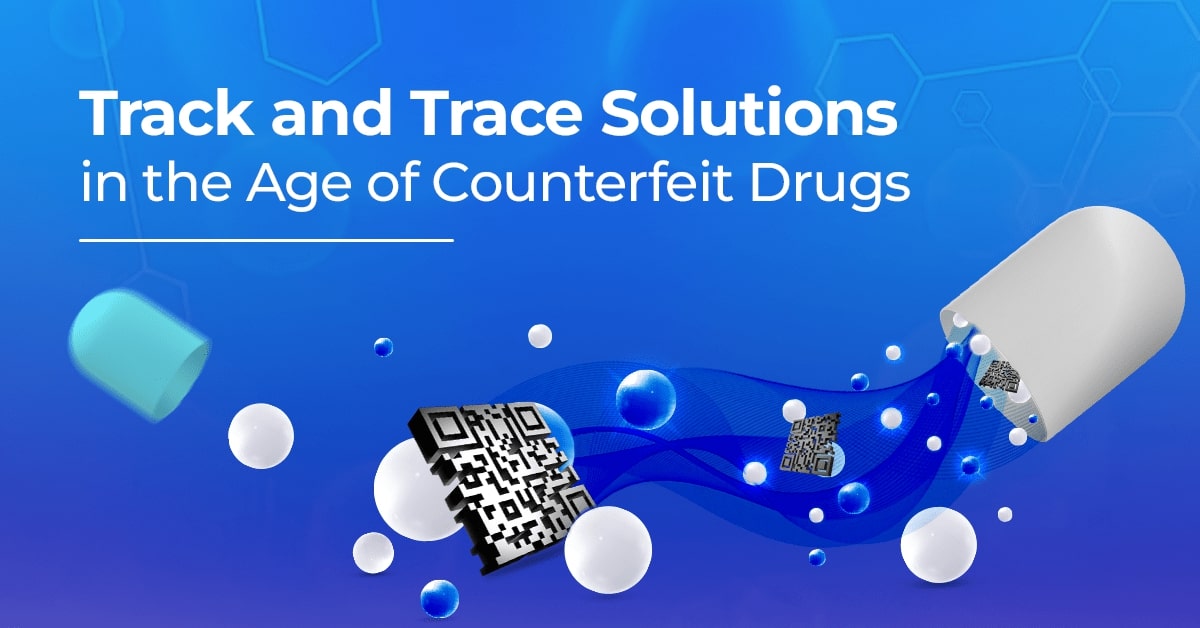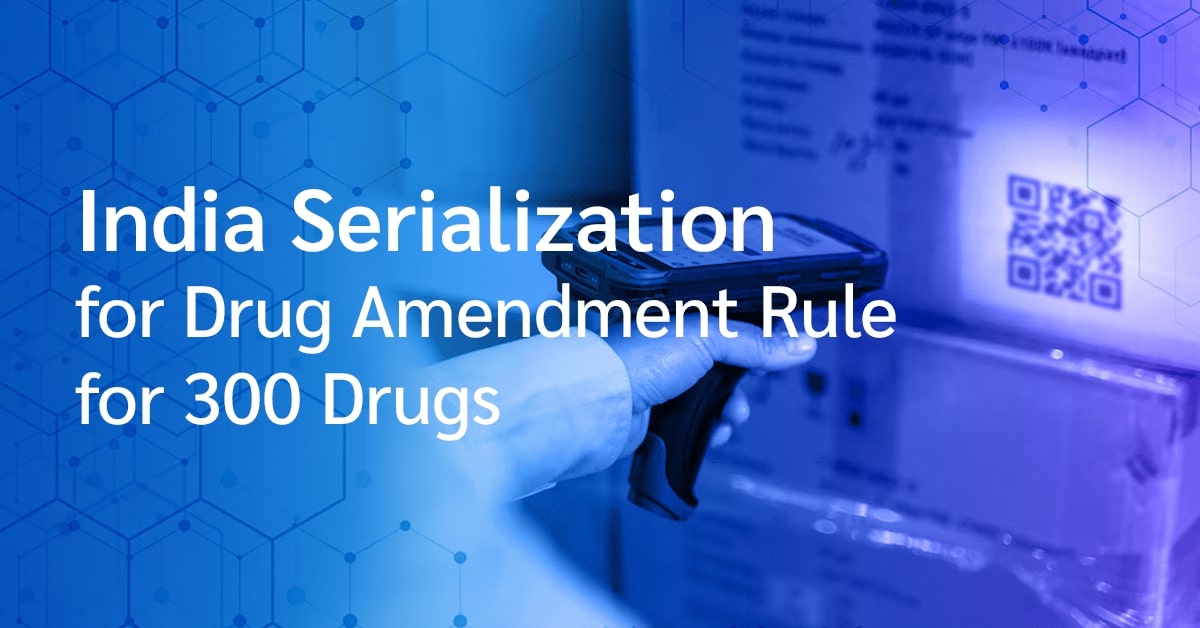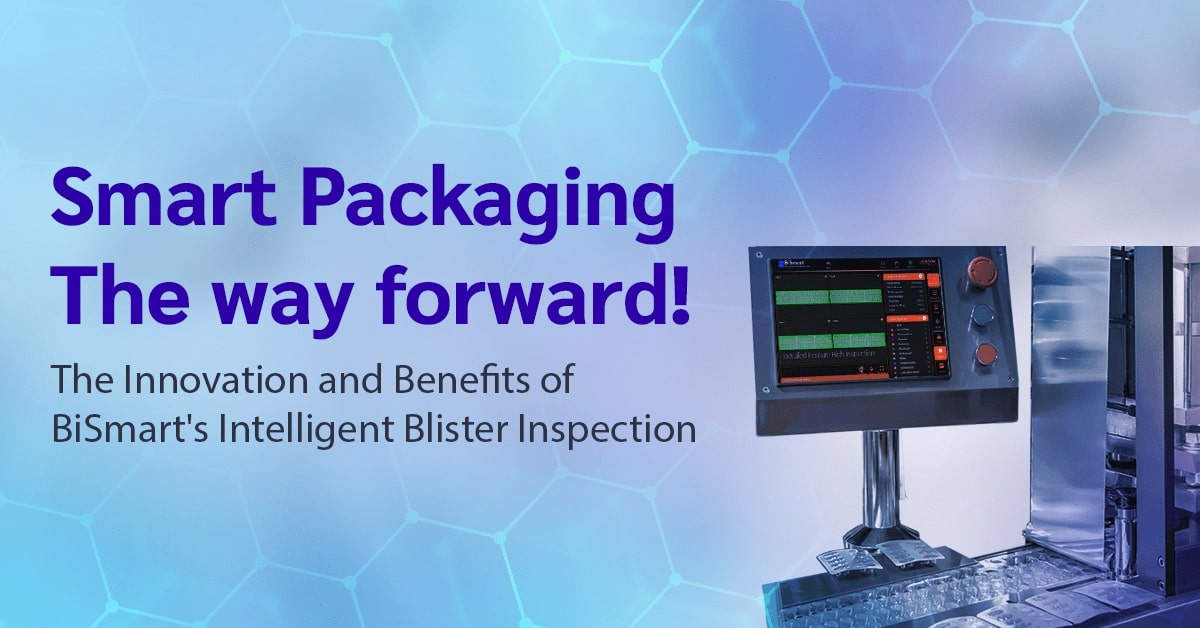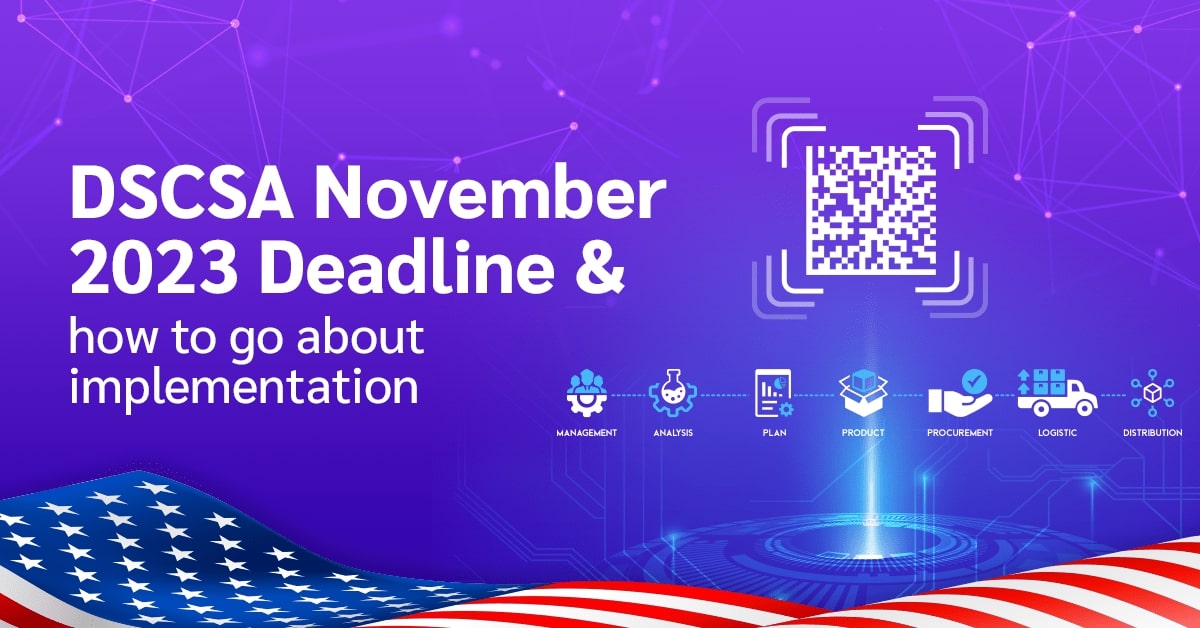The integration of smart cameras with advanced software solutions is transforming industries across the board, making them more efficient, cost-effective, and secure. As technology continues to advance, the combination of these smart devices and powerful software is proving to be a game-changer, especially in fields like manufacturing, retail, logistics, and healthcare.
In this article, we explore how the pairing of smart cameras with the right software is transforming these sectors, unlocking new possibilities, and providing a glimpse into a smarter future.
The Rise of Smart Cameras
Smart cameras have come a long way over the years, becoming more powerful, compact, and affordable. Unlike traditional cameras, these smart devices are equipped with advanced sensors and processors that allow them to capture, analyze, and transmit data instantly. The rapid development of artificial intelligence (AI) and machine learning (ML) has played a significant role in this evolution, making smart cameras not just better, but also more versatile and capable of handling a wide range of tasks.
One major reason smart cameras are becoming more popular is the growing need for remote monitoring and automation. The COVID-19 pandemic has intensified this demand, pushing businesses to find new ways to collaborate remotely and automate their operations to stay afloat. Smart cameras, when paired with intelligent software, have stepped up to meet these needs, offering real-time monitoring, insightful data analytics, and the ability to make automated decisions, helping businesses navigate these challenging times more effectively.
Key Components of the Intelligent Edge
The concept of the “intelligent edge” involves processing data closer to the source of data generation, such as smart cameras, rather than relying solely on centralized cloud computing. This approach significantly improves speed, reduces latency, and enhances reliability, making it ideal for industries that require real-time decision-making.
Four technological advancements have been pivotal in driving the adoption of smart cameras at the intelligent edge:
- Edge Computing: Processing data closer to the source reduces the time it takes to analyze and act on that data, enhancing speed and reliability.
- Artificial Intelligence and Machine Learning: These technologies have matured significantly, enabling smart cameras to perform complex tasks such as facial recognition, behavior analysis, and predictive maintenance.
- Cloud Computing and Storage: More affordable and expansive cloud storage options allow businesses to store vast amounts of data without the need for extensive on-premises infrastructure, facilitating seamless integration and scalability.
- Wireless Connectivity Expansion: Improved wireless technology, such as 5G, provides greater bandwidth, reduced costs, and enhanced security features, making it easier to deploy smart camera systems across various locations.
Transforming Industries with Smart Camera Solutions
The combination of smart cameras and the right software is transforming various industries by offering innovative solutions to longstanding problems and creating new opportunities. Here are some of the key applications across different sectors:
Manufacturing and Quality Control
In the manufacturing sector, smart cameras are used extensively for quality control and monitoring production lines. These cameras can detect defects, monitor equipment performance, and ensure compliance with safety regulations. The integration of AI and ML allows for predictive maintenance, where potential equipment failures are identified before they occur, minimizing downtime and maintenance costs.
For example, smart cameras can continuously monitor production lines to detect anomalies such as missing components or defective products. When integrated with intelligent software, these cameras can automatically halt production or alert operators to address the issue, ensuring that only high-quality products reach the market.
Retail and Customer Experience
Retailers are leveraging smart cameras to enhance customer experience and improve operational efficiency. In addition to traditional security functions, these cameras are used for people counting, customer behavior analysis, and inventory management.
For instance, smart cameras can track customer movements within a store to identify high-traffic areas and optimize product placement. They can also be used in cashier-less stores to automatically track products picked by customers, creating a seamless shopping experience. By analyzing customer interactions with products, retailers can gain valuable insights into consumer preferences and behavior, enabling them to make data-driven decisions on product offerings and marketing strategies.
Logistics and Fleet Management
In logistics and fleet management, smart cameras play a crucial role in monitoring vehicle movements, ensuring safety compliance, and optimizing route planning. Cameras equipped with license plate recognition and remote access capabilities can monitor vehicle arrivals and departures, helping manage inventory flow and enhance supply chain efficiency.
Within fleet vehicles, smart cameras can monitor driver behavior, detect fatigue or distraction, and provide real-time alerts to prevent accidents. This not only improves driver safety but also reduces insurance costs and enhances overall fleet efficiency.
Healthcare and Patient Monitoring
In healthcare, smart cameras are used for patient monitoring and ensuring compliance with hygiene protocols. These cameras can detect falls, monitor patient movements, and ensure that healthcare workers adhere to hand hygiene and mask-wearing guidelines.
Integrating smart cameras with AI-powered software allows for real-time analysis and alerts, enabling quick responses to emergencies and improving patient care. Additionally, these systems can help in managing patient flow and optimizing the use of resources within healthcare facilities.
The Future of Smart Camera Integration
As industries continue to embrace digital transformation, the combination of smart cameras and the right software is set to become even more prevalent. With advancements in AI, ML, and edge computing, smart cameras will be able to handle more complex tasks and deliver even greater value.
Future developments may include enhanced predictive analytics, greater automation capabilities, and improved integration with other IoT devices. These advancements will not only improve operational efficiency but also open up new possibilities for innovation and growth across various sectors.
Conclusion
The integration of smart cameras with advanced software solutions is reshaping industries by providing innovative solutions to complex challenges. From manufacturing and retail to logistics and healthcare, the benefits of this technology are vast and varied. Businesses looking to leverage the power of smart cameras should consider partnering with experienced providers who offer comprehensive solutions tailored to their specific needs.







